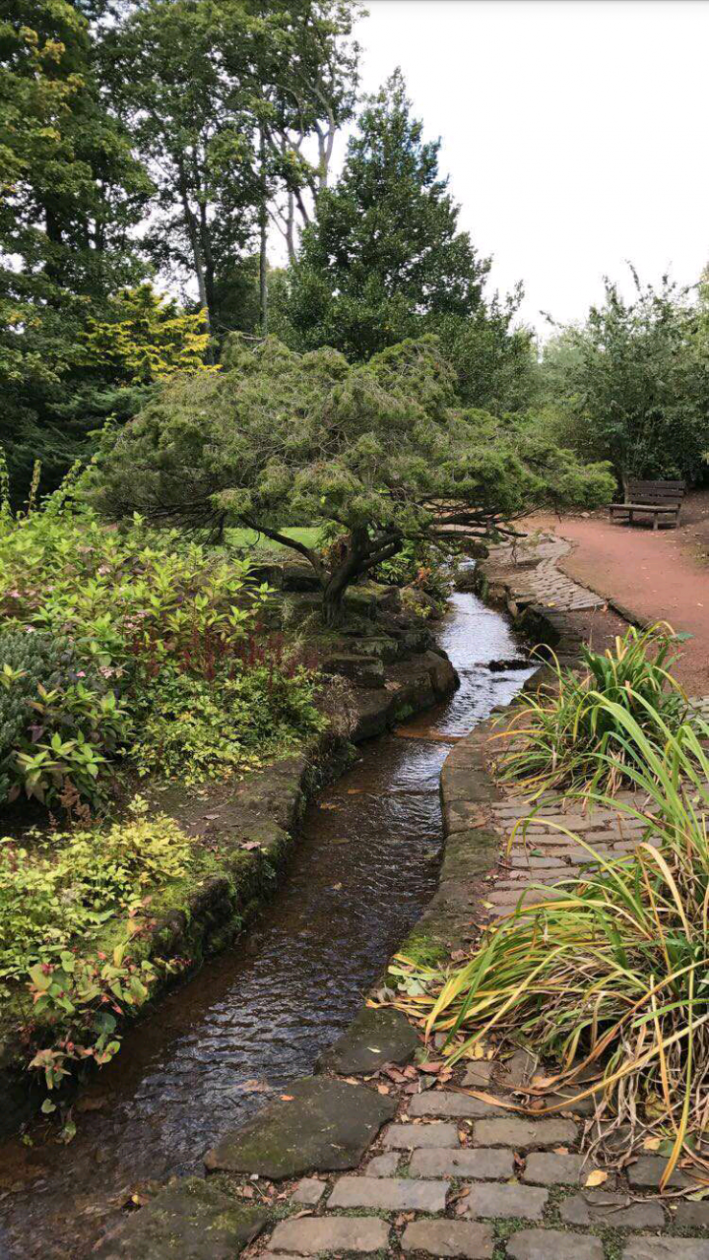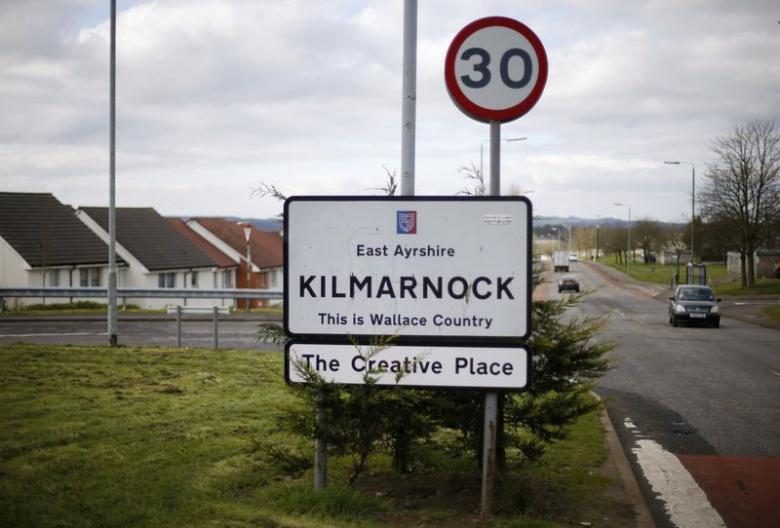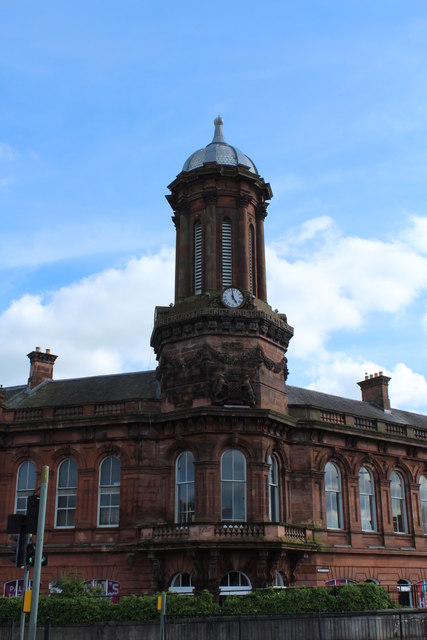What is sustainability?
“To enable all people through the world to satisfy their basic needs and enjoy a better quality of life without compromising the quality of life of future generations” (Scottish Government, 2012, P.6)
What is the point of Sustainability?
“To educate the overuse of resources by industralised nations which has raised living standards in many countries but at a huge cost to the health of the Earth’s living systems” (Scottish Government, 2012, P.6)
What are the benefits of Sustainability?
+ Environmental benefits
+ Health benefits
+ Promotes Equity and respect
+ Better use of resources
+ More efficient policy making
+ Makes education relevant
As we started the course, these 3 questions really stuck out for me, they caught my eye as I can see their importance for educating sustainability and the reasons why us as student teachers should be clear about what sustainability is. The last benefit is the most important for me as making education relevant is what will give these children the best start at life. They will be educated enough to look after themselves and their planet for themselves and for future generations to come. This relates well to the next part, where we were asked to pick a word from the word board where something interest us and an area we were looking forward to in this course. The funny thing for me was I found all of the words on the images of interest and knew exactly what this module was going to contain.

(UWS, Louise-Scott-McKie)
Workshop 1
Today’s workshop involved us getting out and about and seeing the outdoors for what it is and what the environment is all about. We carried out various tasks such as:
- looking at lichen on trees and how polluted the environment is from these findings
- looking at the different types of bugs and animals around the area of Ayr
- looking at the different leaves on the trees to see the different variations of trees around the university in Ayr had on offer.
- we also took a sensory walk around the university taking in more than we are used to. This way we were sure not to miss anything and take nothing for granted. We noticed more things in the environment such as: bird noises; traffic noise; the wind; the air and how fresh it is.


During the extra reading these powerpoint slides educated me and surprised me:
Are there enough resources to go around?
- 70% of the world’s fresh water supply is
used in farming. - 40% of the world’s farmland is too poor to grow very much.
- Land the size of a football pitch is lost to farming every second.
Hydroponics
- I learned what is Hydroponics is and how it is a method of growing plants without soil.
- I also learned that in place of soil, plants are grown in water containing nutrients. A material base supports their root system.
- Hydroponic units can be built in places where crops would normally never grow – in old factories and warehouses, or even underground. This is a good technique for spaces that are limited and correlates well to the fact that ‘every second a football pitch is lost due to farming.’
This workshop was good for getting out and about and seeing nature and the environment for what it really is. I feel as though I take some things for granted in my environment and this activity has helped me to realise that I need to notice more in my environment. I now know the best idea is to get the class outside and to embrace their environment. This way they will be educated more on facts and information as they will physically see it in front of them.
Workshop 2
The next part of the workshop involved again being outside again but also involved us being in science lab, which was a new experience for me. From looking on the powerpoints under the plants topic tab and from the experiments we carried out from the workshops. The following is the main points I learned from them both:
- Leaves to photosynthesis and provide food for the plant as sugars
- Flowers to reproduce
- Fruit – after fertilization the ovule becomes the seed and the ovary the fruit. The fruit allows seeds to be dispersed away from the parent
- Stem – to keep the plant upright towards the sun
- Roots to provide water and anchor the plant
Leaves
- Have a flat green blade supported by a network of veins.
- Carryout photosynthesis for the plant
- Large surface area allows for maximum exposure to sun
Algea
- Range in size from single cells to the seaweeds
- Pigmented
- Seaweeds have true roots, stem or leaves.
Mosses
- Tiny plants with leaves and stems.
- No roots.
- Chlorophyll
Liverworts
- Closely related to mosses
- Male produces sperm rather than pollen
- Green
Fungi
- No true roots,leaves or stem.
- No chlorophyll
Conifers
- Cone bearing trees
- Male and female cones
- Needle shaped leaves
- Not all evergreen
The Stamen
- The stamen, contains an anther and a filament.
- The anther produces the male sex cells – the pollen.
- The anther ripens before the pollen is released.
Pollen Grains
- Pollen grains have different shapes.
- They can be large and sticky for attaching to insects
- or small and light for carriage by the wind.
Misconceptions about seed/plant growth:
- Seeds DO NOT require light to germinate
- Only green leaves photosynthesis (produce their own food) Green stems also produce food.
- Plants DO NOT require soil to grow – as long as water and air are provided.
As you can see I have attached the theory and notes that summarise best the key points I learned and liked the best. This related well to the activity we carried out where we were to dissect a flower and look under a micro-scope to see all the different parts of the flower. This help to physically show me all the different varieties of flowers we are lucky enough to have in our environment.

The other activities we carried out were to take tree rubbings and to hold snails. These two activities were the two I enjoyed the most. The tree rubbing exercise got me thinking from a teaching perspective. I thought about how I could use different papers for each tree so the children could identify and get to know different types of materials. Also by getting them out and about and looking at different trees around their environment would be more interesting than just showing them pictures of trees. They are more likely to consume and retain the information in a fun way. We also got the opportunity to hold snails. This would be a great activity for the children as they could actually get up-close-and-personal with the animals in the environment. This activity would take a normal/average lesson and make it more fun and interactive.


This workshop was very good at providing referencing facts to make me think of the different things that happen and are within our environment. It was also good at providing a root for me to start thinking about the activities I could carry out as a teacher with my class.
Directed Study
This exercise involved us looking around our environment and understanding our urban environment. Please feel free to check out what I discovered: https://blogs.glowscotland.org.uk/glowblogs/uwssustainabledevelopmentba2201718/2017/09/22/directed-study-task-1-week-2. This task was great at getting me out-and-about and being more appreciative of my environment and what it has to offers. All the different things I learned and what I found out can be seen in this blog, Enjoy!

| Skills I have developed by taking part in this theme:
This topic of the environment has helped me to think as a teacher and some of the lessons I would carry out with my class. I now know more about the structure of plants and how the environment must be right for them unless modified to suit their conditions. I now have some ideas that we tried at university that we could carry out as a class. |
| How this relates to Primary Education:
The lecture was the best at making me aware of the importance of teaching Sustainable development. I now know how teaching about such things as the environment help to educate the children about everyday life and what is around them. I am now also aware of some activities I could carry out with my class. |
| What has changed in my thinking from this theme? Is there anything else I’d like to look into relating to this theme?
I am now more positive about my environment and I understand more about what is in my environment. I would say I respect my environment much more now! I now see the importance of educating children as a teacher about their environments.
|
| Useful resources or links (either for future teaching or for your own assignment):
Here are some links of places I may use as a teacher and some I may use for my assignment.
|









